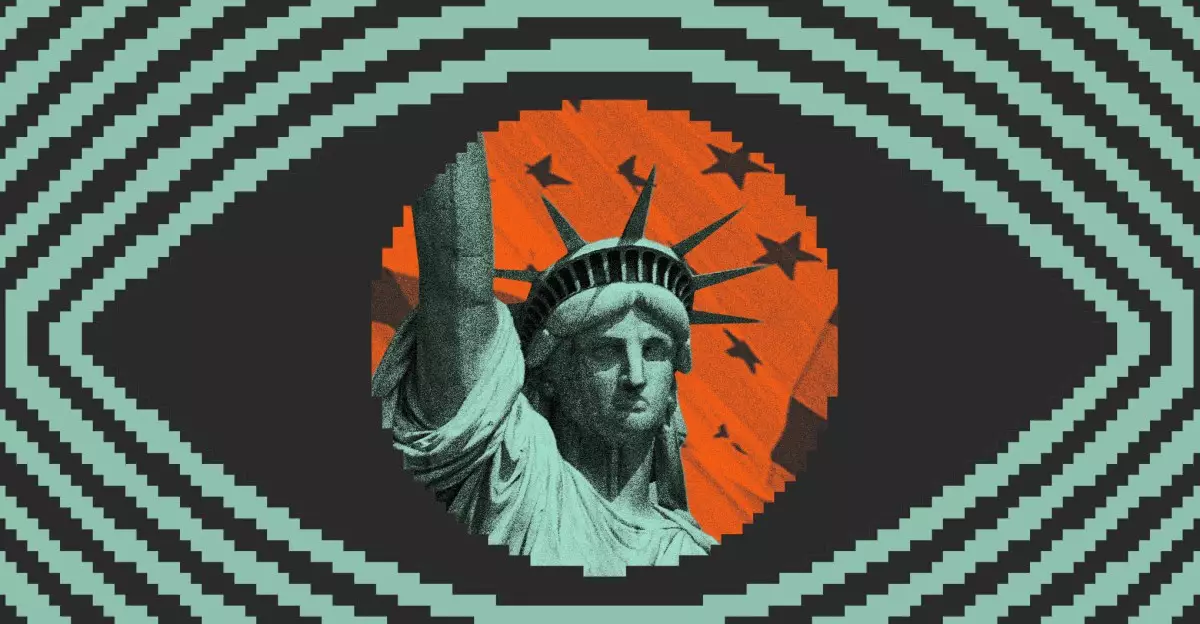Modern cities are increasingly leveraging technology to enhance public safety, but this shift raises fundamental questions about privacy, civil liberties, and the role of citizen surveillance. New York City’s recent collaboration with the app Citizen exemplifies this new frontier, where civic security initiatives blur the lines between community protection and intrusive oversight. This partnership signifies a profound shift: law enforcement agencies are no longer just responding to calls but are actively participating in a digital ecosystem that consolidates real-time footage, user reports, and emergency alerts into a centralized platform. While the potential for rapid response and heightened awareness is undeniable, one must critically analyze the implications for individual privacy and societal trust.
Integrating Tech into Urban Law Enforcement
The partnership’s core innovation lies in enabling city agencies to access and analyze publicly shared videos directly from Citizen users. This two-way interaction exemplifies a futuristic approach to public safety—where citizens and authorities co-create surveillance data streams. The system allows agencies to send alerts based on location, inform residents about emergencies, weather threats, or security issues, and seamlessly review citizen-contributed footage. Such integration promises quicker incident resolution, possibly saving lives during crises; however, it also risks normalizing constant surveillance, capturing citizens’ moments without explicit consent, and fostering an environment of pervasive monitoring.
The tie-in with Axon’s Fusus platform and Ring’s camera network further consolidates law enforcement’s access to various data streams, ushering in an era of integrated visual intelligence. While these tools can assist in solving crimes more efficiently, the potential for abuse and false accusations becomes more pronounced when every street corner or private home could become a node in a sprawling surveillance network.
The Ethical Minefield of Citizen-Contributed Data
Crucially, this initiative hinges on a delicate balance of consent. Citizen’s app policy claims users can opt-out of sharing videos directly with law enforcement, but their videos remain accessible to the public. This discrepancy underscores a troubling reality: in a hyper-connected city, the boundaries of personal privacy are increasingly porous. Does an individual’s willingness to record an incident justify widespread exposure? What safeguards are in place to prevent misuse or misinterpretation of footage?
Moreover, the public nature of all videos posted—regardless of user preferences—raises concerns about accountability. Citizens might unknowingly become unintentional witnesses or even scapegoats in criminal investigations, with their personal moments potentially diffused into the public domain. This dilemma becomes more troubling considering history’s lessons: Citizen faced controversy when it was accused of promoting vigilantism in the past and disregarding the societal impact of mass surveillance.
The Power Dynamics and Societal Risks
From a societal perspective, this partnership could deepen existing inequalities. Communities historically marginalized or over-policed may find themselves under unwarranted scrutiny, fostering a climate of suspicion. Also, the emphasis on rapid alerts and live streaming could encourage a culture of reactiveness rather than proactivity—where the goal shifts from building trust to surveillance.
There’s also an underlying risk: fostering a false sense of security. While technology undoubtedly enhances capabilities, overreliance on digital feeds and instant alerts might lead to complacency in addressing root causes of crime such as poverty, lack of education, and social disenfranchisement. Authentic safety measures must extend beyond screens—technology alone cannot replace community engagement or systemic reform.
Finally, the ethical questions surrounding law enforcement’s use of apps like Citizen—especially when combined with data from other sources—are profound. Vigilantism, misuse of footage, and privacy violations could become societal pitfalls if governance and oversight are not strictly enforced. Society must question whether this technological integration genuinely enhances collective security or if it increasingly encroaches on our fundamental rights under the guise of safety.
In a city as vibrant and complex as New York, the push for smarter, faster policing must be balanced carefully with moral considerations. While the promise of real-time surveillance and swift alerts offers undeniable benefits, it exacts a toll on civil liberties that cannot be ignored. As cities embrace innovation, they must also ask themselves: who is watching whom, and at what cost?

